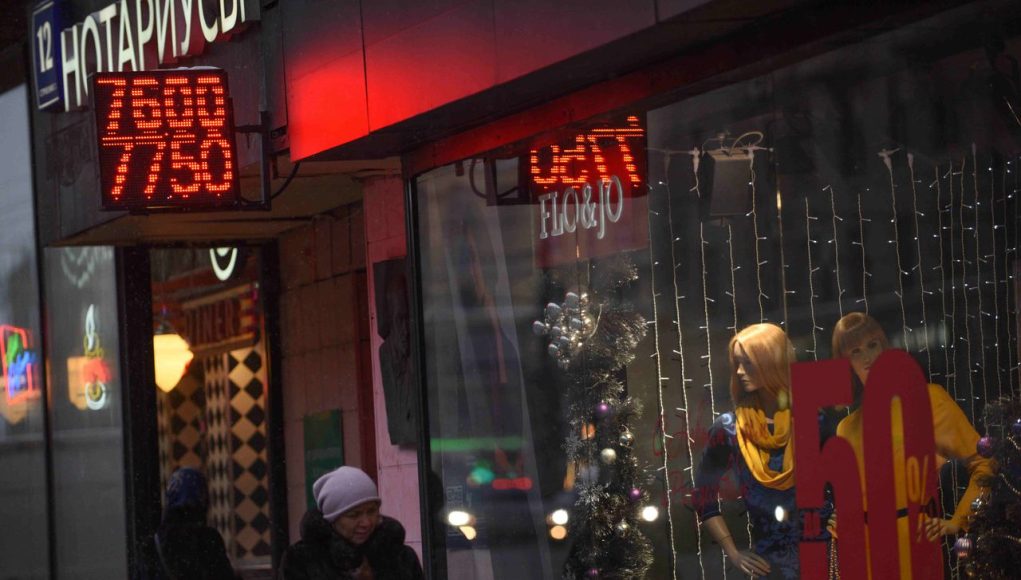
The Ukraine crisis highlights the need for investors to be ready for risks.
Ski holidays are not relaxing at the best of times, especially with children. There is the fretting about injuries – I am thankful when we finish each day unscathed. There is the infuriation of getting children into their clothes and ski boots each day. That’s not even to mention the pain of Heathrow passport control.
On top of these usual holiday stresses, last week as we hit the slopes in Italy there was also the cloud of geopolitical concerns hanging over my trip.
Risks abounded, both personally and professionally. Some of these risk scenarios you can mitigate; I always avoid black runs for instance. And in the professional sense, you can do the same.
As ever with geopolitical risk, the stakes are incredibly high, and we are faced with seemingly binary outcomes. These risks are unforecastable, clearly, nobody can read the Russian president’s mind. But nevertheless, we are at a point where the probability of adverse outcomes is significant, even if we think de-escalation of the tensions is the most likely outcome.
When confronted with these kinds of situations, our approach is to identify positions that could help to protect our portfolios if the worst happens. But which we like for other reasons as well.
At the moment, commodities serve this purpose in our portfolios. We like this asset class as a hedge against ongoing inflationary concerns, but assets like oil and gold would also provide very helpful protection in the event of a Russian military invasion of Ukraine.
With political risk, the outcomes are not as binary as they may seem. In the case of Ukraine, the likely scenarios are not simply whether or not Russia chooses to invade.
In reality, President Putin is pursuing a range of strategies that are designed to increase Russian influence outside of its borders. Namely, the increased military presence in Belarus (which poses strategic security issues for the Baltic states) and stoking social divisions within Ukraine as well as undermining its political leadership.
If a war is averted it would obviously be helpful to markets in the short term. However, the broader backdrop suggests the situation won’t be resolved. Russia may still be a source of risk for months and years to come and one that we’ll have to learn to live with.
Looking more broadly at the markets today, I am once again reminded of the English proverb “a bird in the hand is worth two in the bush” (there is also a German version of this which loosely translates as “a sparrow in the hand is better than the pigeon on the roof”).
In investment terms, this equates to being prudent in your choices and not taking undue risk. Of course, this concept was undermined over the last decade, with yields pinned at zero by the actions of central banks. The bird in the hand was worthless and investors were forced to take risks in search of returns.
So, does the start of rate hikes and the recent fall in the proportion of negatively yielding bonds change this assessment?
In short: yes. The foundations of a bull market based on easy money are shifting and equities are starting to face a valuation challenge. Similarly, with volatility picking up in corporate bond markets, investors will need to be compensated with higher spreads (that is, corporate bond yields need to rise more than government bond yields).
Accordingly, we have reduced the risk in our portfolios. Importantly, however, we see the risk of recession in 2022 as very low. As a result, we are still emphasising a diversified stance, rather than sitting in cash, with a focus on the less expensive areas of the equity markets where valuation concerns are lower.
So all in all, the cycle is maturing, valuations are expensive and the correlations between different asset classes are changing. At such times investors need to stay invested but diversified. Avoid the black runs and, in the words of TLC, “don’t go chasing waterfalls”.





































